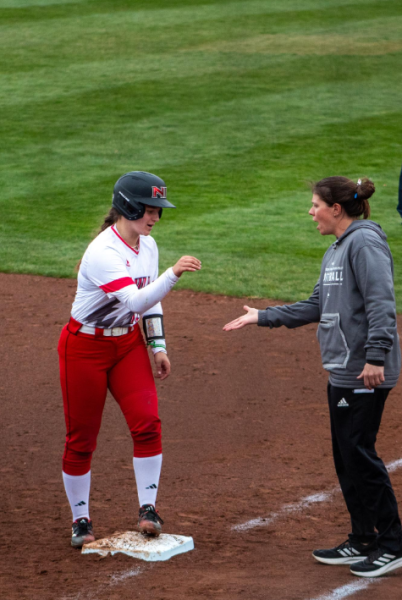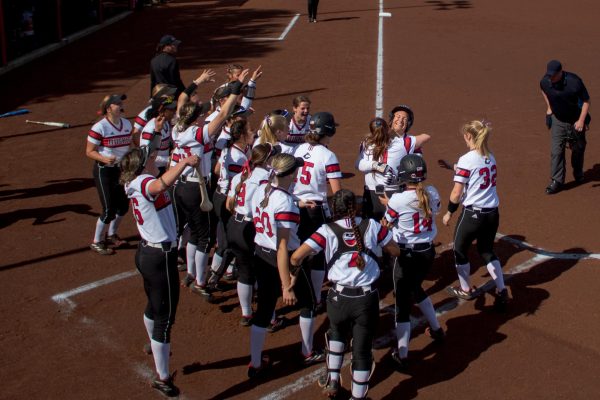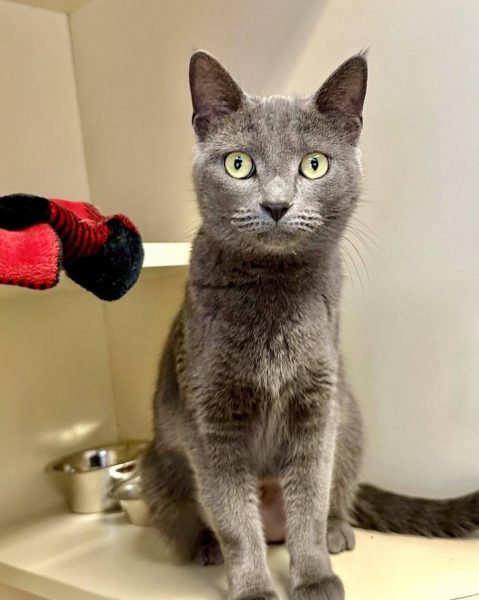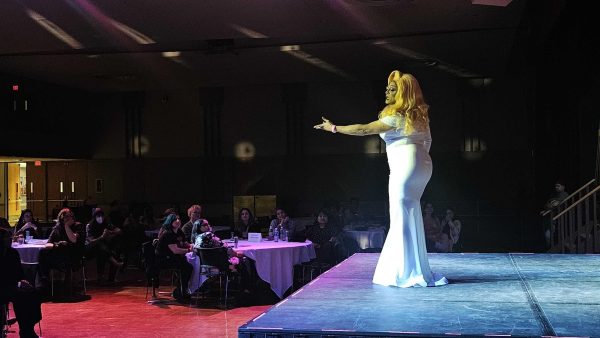Wildlife protection tackled
October 20, 2003
Illinois policy makers’ attitudes toward wildlife conservation do not reflect the views of residents, according to a study by the Illinois Natural History Survey.
East-central Illinois residents and their local government officials answered a series of questions relating to protection of the environment and water resources.
The responses may indicate the general population wants more government protection for the wildlife habitat than officials want to give.
“We found there are significant differences,” primary author Craig Miller said. “I think it has to do with the values, beliefs and perspectives on water use.”
Of the general public, 66 percent agreed with a statement that stronger protection is needed for wildlife habitats along rivers and streams. Fewer than half – 46 percent – of the officials agreed.
“A lot of [policy makers] are agriculturalists,” said Jean Flemma, executive director of Prairie Rivers Network.
Flemma said the agribusiness community is making decisions based on their own needs rather than the wishes of the public.
“It’s an interesting finding; we have a job to do in educating policy makers on the wishes of the public,” Flemma said.
While 52 percent of policy makers felt too much attention is given to wildlife in deciding how land is to be used, only 20 percent of the public felt this way.
“It’s too broad [a study] to make any specific conclusions on whether or not individual units do or do not respect environmental issues,” said Paul Miller, of the DeKalb County Regional Planning Commission.
Miller said DeKalb County includes a comprehensive environmental plan in its growth plan.
“We identify those areas that are environmentally important, and those will be conserved,” Miller said.
“They’re definitely coming from a different perspective,” researcher Craig Miller said.
“Perceptions are important for policy,” Craig said. “They shouldn’t be discounted just because they’re thoughts. If the public is concerned, the public will act on those concerns.”
Questions concerning water quality show further differences between policy makers and the public.
Chemical contamination in drinking water was a concern for 70 percent of the public. Slightly more than half of policy makers said they were concerned.
More than two-thirds of policy makers said water contamination is not a problem in their community.
The survey was completed by 1,263 members of the public and 158 policy makers in spring 2003 in primarily rural east-central Illinois.
The report was issued in August by the Illinois Natural History Survey, a division of the Illinois Department of Natural Resources.












